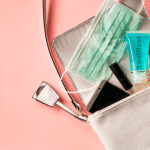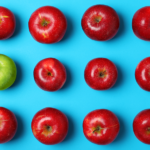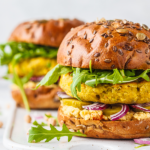Janitorial Housekeeping & Cleaning Products: Highlights and Outlook
During the COVID-19 pandemic, the importance of clean facilities, hand hygiene, and disinfection have been at the forefront and one of the few tools we have to slow the spread of the virus. The professional janitorial cleaning segment represents the largest segment of the overall professional cleaning market. Join our Professional Cleaning Industry Manager, Laura Mahecha, for an overview of emerging trends, opportunities and challenges facing the industry.






